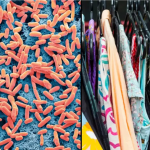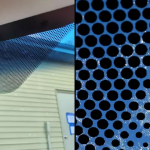An expert has cautioned those purchasing second-hand clothing to remain cautious about hygiene.
Scientists have raised concerns that your new vintage clothes might be harboring pathogens, but don’t worry – there are ways to stay safe.
Shopping for second-hand clothes is always rewarding when you find a unique vintage gem, especially when it comes at an affordable price.
Not only is purchasing second-hand a great way to help the environment, but it’s also a win for your wallet.
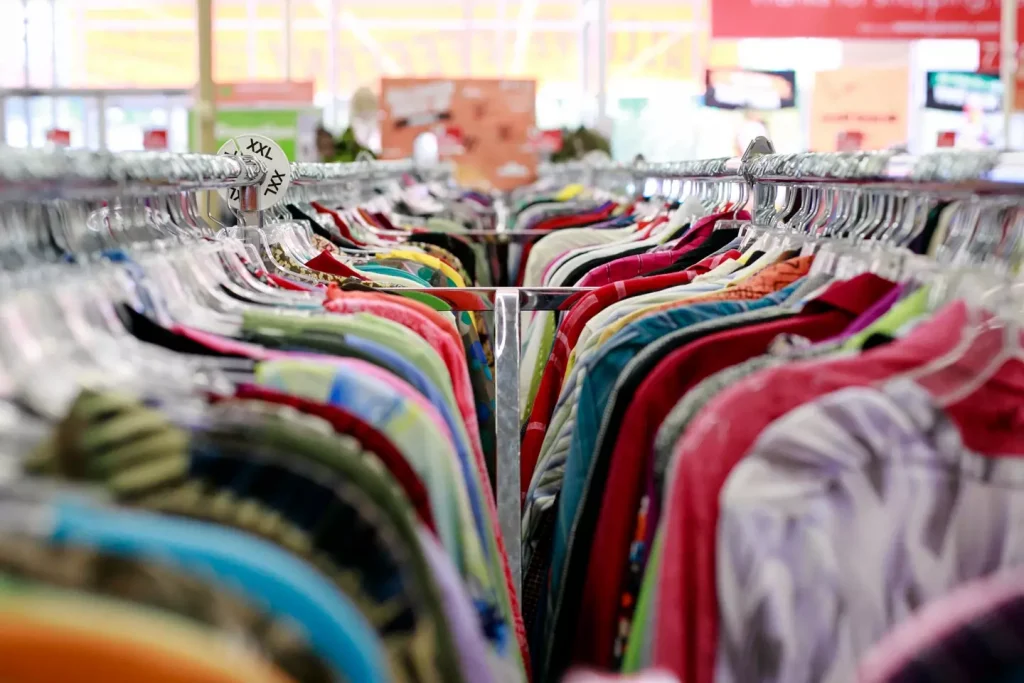
However, experts are urging second-hand shoppers to stay cautious after a recent report revealed that clothing can harbor a significant amount of germs.
“Demand for secondhand and vintage clothing has surged in recent years,” wrote Dr. Primrose Freestone, a senior lecturer in Clinical Microbiology at the University of Leicester, in The Conversation.
“Pre-owned fashion is viewed by many consumers as a more affordable, eco-friendly way to refresh their wardrobe.
“However, as exciting as your next secondhand find may be, it’s crucial to disinfect it properly before wearing.”
“This is because clothing can be an important reservoir for many infectious diseases.”
The skin naturally hosts millions of bacteria, known as its microbiome, meaning the clothes we wear are constantly in contact with various types of bacteria, fungi, and viruses.
However, since each person’s microbiome is unique, what may be harmless to one individual could pose a risk to another.
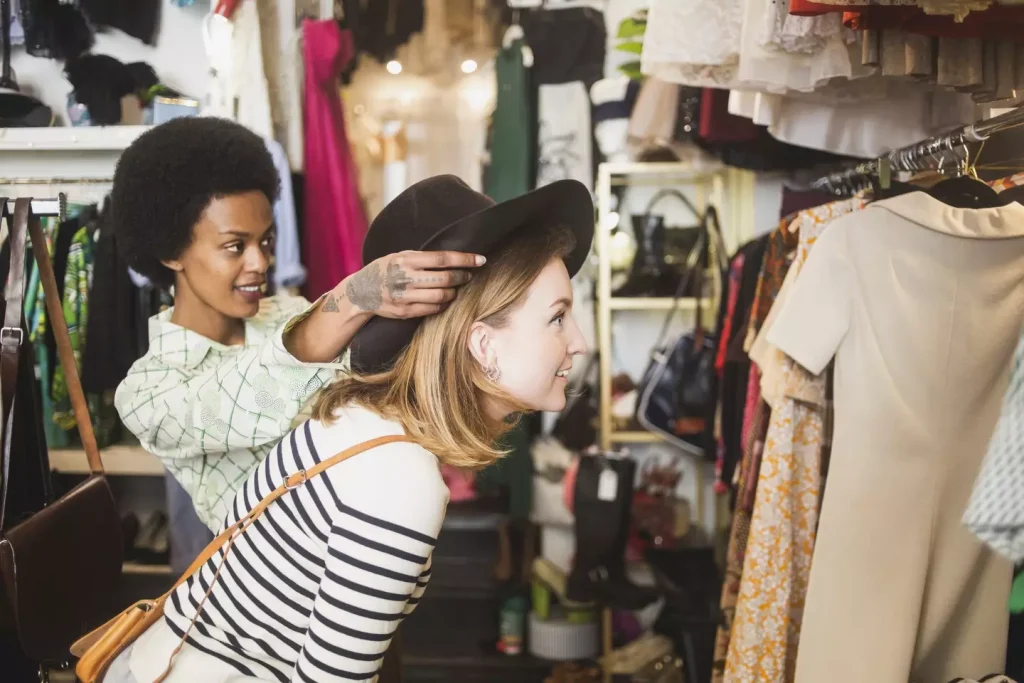
Dr. Freestone explained that clothing is a “well-known” carrier of pathogens, with the risk being higher if the clothes haven’t been properly cleaned beforehand.
“Clothing is a well-known carrier of many disease-causing pathogens,” she said.
“This means that germs from the original owner’s unique skin microbiome could still be present on second-hand clothes if the items weren’t cleaned before being sold.
“It also means that any infections or pathogens they may have had when they last wore the clothes could still be lingering.”
How to stay safe while buying second-hand clothes
A simple solution to avoid this issue is to thoroughly wash any second-hand items at a high enough temperature to eliminate pathogens.
Dr. Freestone recommends washing newly purchased second-hand clothes with detergent at around 60°C.
“This will not only remove dirt but also kill germs and neutralize pathogens. Cold water is less effective at eliminating pathogens in clothing,” Dr. Freestone explained.
“If a high-temperature wash isn’t an option, using a laundry disinfectant can help eliminate any germs present.”
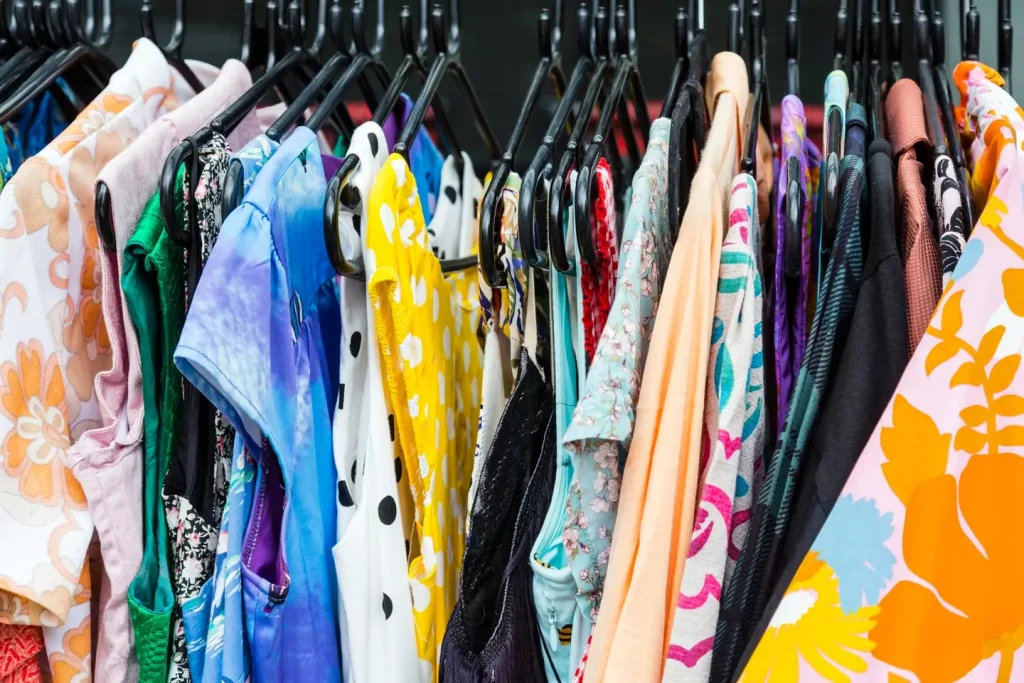
Although it’s tempting to throw second-hand clothes in with your regular laundry, Dr. Freestone advises keeping them separate until they’ve been thoroughly washed.
This helps prevent cross-contamination in case any pathogens are present.
